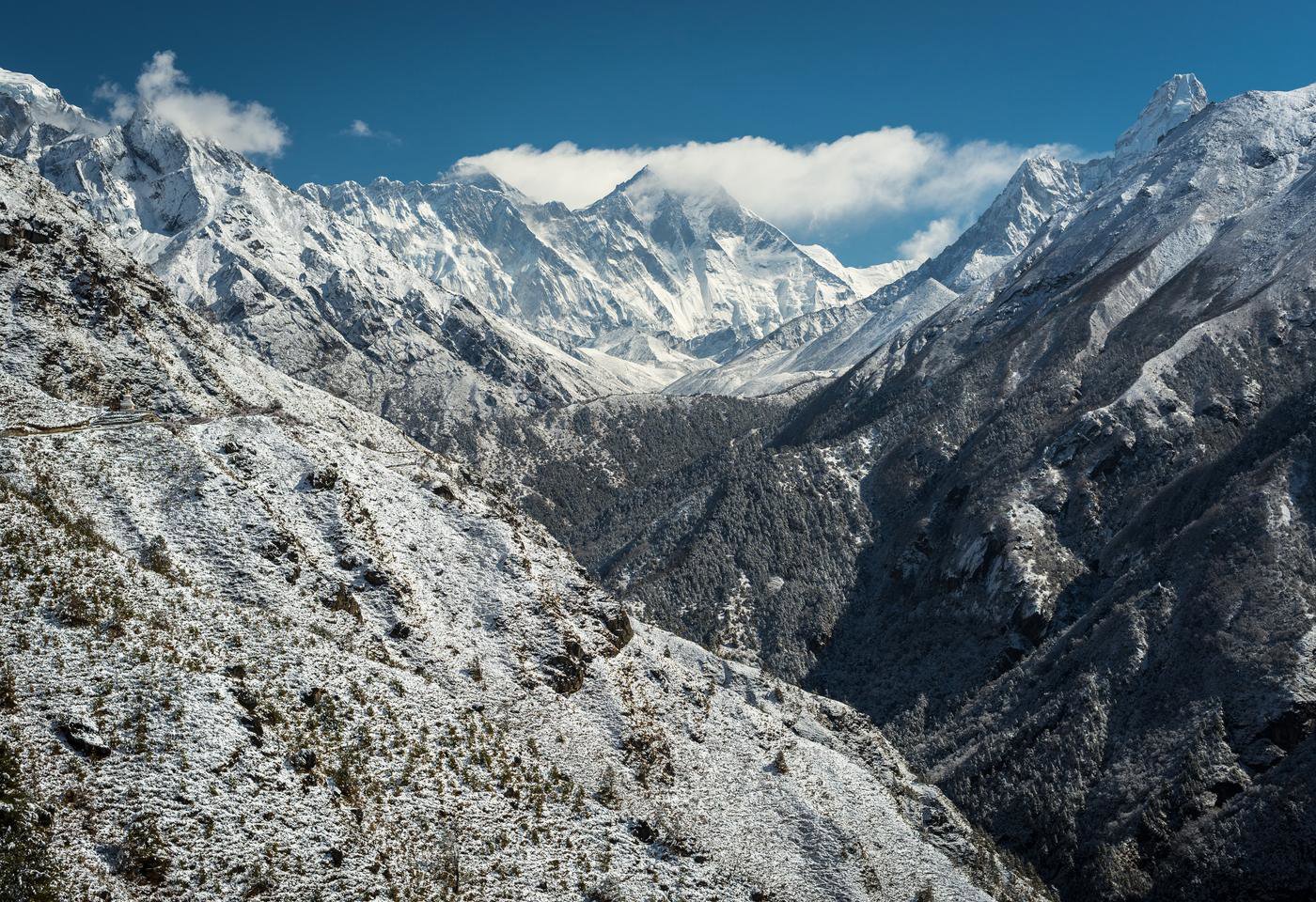The UK government is betting big on offshore wind to provide a huge percentage of our electricity by 2030. The turbines are certainly efficient, low carbon energy producers but they have one Achilles heel. They're expensive to maintain and repair. Boats or helicopters have to be sent out with a maintenance crew - it's dangerous and costly work. Developers in robotics and artificial intelligence have got together to come up with a solution. If an offshore turbine needs checking an unmanned boat will head out to sea. Once in position it will launch a drone which can inspect the turbine. If a closer look is needed then the drone can launch its secret weapon - the Bladebug. It's a suitcase-sized robot which can cling to the huge turbine blades, check them and even clean or repair them. They should make new offshore wind development cheaper and safer.
Tom Heap meets the experts behind the robots - Chris Cieslak and Sara Bernadini - and, together with climate scientist and Society Fellow, Dr Tamsin Edwards of King's College London, works out the carbon impact of offshore wind expansion.
What our experts say
We invited Society Fellows, Professor Stephen Peake, a Professor of Climate Change and Energy at the Open University, and Rob Maynard, a Director at Ocean Resource Engineers Limited, to offer some observations on the use of robotics in offshore wind turbines' maintenance and repair. Their points take some of the themes of the programme a step further, and some relevant links are offered below:
Professor Stephen Peake
Whilst the cost of offshore wind will fall dramatically for many reasons (such as lower maintenance costs), the main one will be larger capacity factors (due to large rotor diameters, higher hub heights and greater offshore depths).
When looking into the carbon emissions that could be potentially saved, the economics and elasticity of demand for offshore wind as a function of levelised cost of energy (LCOE) have to be considered. In turn, assumptions need to be made about the baseline scenario. For example, which energy source is the extra offshore wind energy displacing? Is it nudging out onshore wind, or solar photovoltaic power (PV), or gas, or coal?
The IRENA 2019 report forecasts that 'the LCOE of offshore wind would drop from an average of USD 0.13/kWh in 2018 to an average between USD 0.05 to 0.09/kWh by 2030 and USD 0.03 to 0.07/kWh by 2050.' The report’s scenario then assumes that offshore wind capacity might reach 228 gigawatts (GW) by 2030 and 1000 GW by 2050 (from a baseline of 23 GW in 2018)."
Rob Maynard
Turbines further offshore would not add a great deal to construction and maintenance costs in terms of transportation, however the depth of water drives the increased costs. Unplanned maintenance will also be higher for further offshore turbines. Electrical and mechanical problems with the wind turbine generators (WTGs) are evidenced by data sent ashore and these would certainly require human intervention to fix. Moreover, weather sensitivity of the vessels will impact on turbine downtime, and hence costs.
The premise of using remotely operated vessels (ROVs) for hydrographic survey work at sea is growing, with a few having been developed. Most are used for inshore work, ports and harbours, but they are getting bigger with greater range.
For sub-sea surveillance work, such as fixed foundations survey for marine growth, scour and cathodic protection, these vessels could support multi-beam sonar and an inspection class ROV for visual inspection of anomalies detected by the multibeam. Similarly, for anchored foundations supporting floating wind installations, with catenary or tension leg risers inspected for wear and wasting as well as gravity and surface piercing anchors examined for scour.
A larger development could support a drone to perform visual inspections of the above-surface assets, and the Bladebug would be most useful for exterior detailed inspection (with measurements) of the blades - even if supported by a manned vessel."
Further reading
-
IRENA (2019) Future of wind: Deployment, investment, technology, grid integration and socio-economic aspects, A Global Energy Transformation paper, International Renewable Energy Agency, Abu Dhabi.
-
A good overview of the future outlook for on and offshore wind:
IEA (2020) Carbon intensity of electricity generation in selected regions in the Sustainable Development Scenario, 2000-2040, IEA, Paris -
A reliable recent assessment of offshore wind technology and cost outlook:
Evans, S. (2019) Analysis: Record-low price for UK offshore wind cheaper than existing gas plants by 2023, Carbon Brief
About the series
39 ways to save the planet is a new radio series by BBC Radio 4 developed in partnership with the Society and broadcast in 2021. It showcases 39 ideas to relieve the stress that climate change is placing on the Earth. In each 15 minute episode Tom Heap and Dr Tamsin Edwards meet the people behind a fresh and fascinating idea to cut the carbon.
Over the course of 2021, the Society will be producing events and digital content to accompany the series.
Episode 5: Robots of the wind

Featured card image: BBC
Featured banner image: Blue Planet Studi/Adobe Stock
Teaching resources
The Society has produced a free resource for teachers related to this episode.

Most turbines’ performance are monitored remotely via the SCADA (Supervisory Control and Data Acquisition) system and the turbines are controlled remotely. For access to the turbine nacelle [cover housing all of the generating components in a wind turbine] technicians are often flown to site by helicopter and lowered from above. This has been a more cost-effective option than using a small vessel and has become possible because of the greater size of the nacelles affording a winch pad. Even some smaller nacelles were retrofitted with winch pads and access hatches on top.

